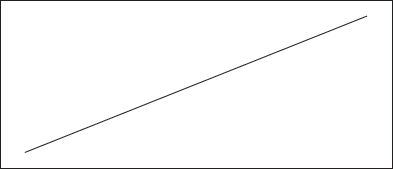Clines are gradients used for teaching gradations of meaning. Words are spaced along the gradient, for example, words to describe temperature, such as tepid, hot, boiling, cool, cold, warm, chilly, and freezing. After modelling the task, give these words to groups of students to place on the cline. The discussion that comes with this task is as important as the task itself.
Purpose
A cline task can be used to explicitly teach measurement vocabulary. This could happen at the beginning of a unit of work on measurement so that students know and understand the vocabulary and can fully participate in the learning.
Procedure
Give measurement words to individual students or pairs after explicit teaching. On the cline template, they arrange the words in order from shortest/smallest to longest/biggest. You can also ask them to match the vocabulary with concrete materials, for example, Match the pencils with the appropriate words.
Suggested vocabulary to use
Short, shorter, shortest; long, longer, longest (length)
Or: millimetre, centimetre, metre, kilometre
Or: gram, kilogram, tonne (weight)
Or: millisecond, second, minute, hour, day, week, month, year, decade, century (time)
Cline template
What to look for:
- Which vocabulary items are students unfamiliar with?
- Which vocabulary items confuse students?
- Are students responding to prefixes and suffixes, for example, milli = thousand?
- Can students relate the vocabulary to concrete examples? For example, can they find the shortest pencil and match it with the right word?
- Which vocabulary items need further teaching?
More examples of clines can be found at: http://esolonline.tki.org.nz/ESOL-Online/Planning-for-my-students-needs/Resources-for-planning/ESOL-teaching-strategies/Vocabulary/Clines
Back to Resource 4: Strategies for teaching mathematical language to English language learners
